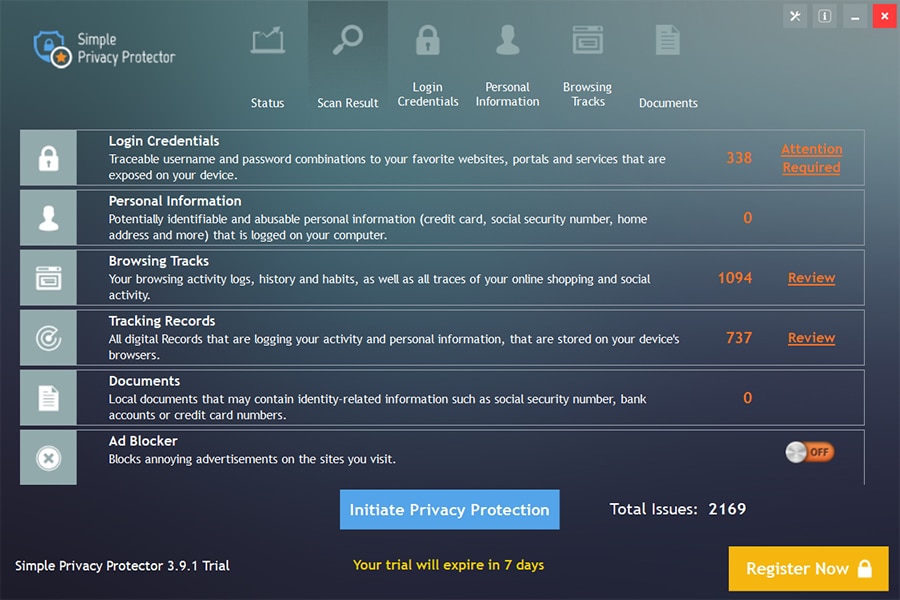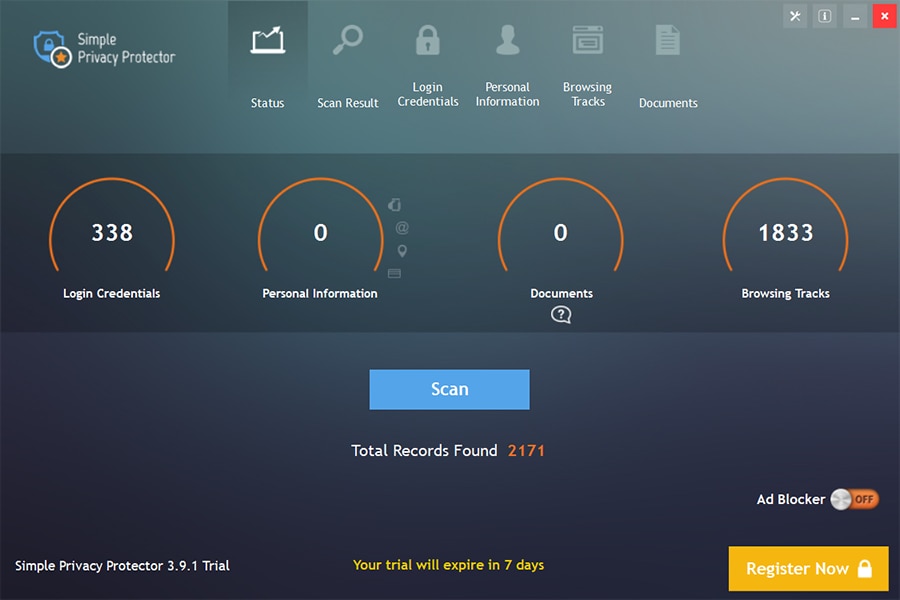
PGP can be used to send messages confidentially. Therefore, it is essential that partners in PGP communication understand each other's capabilities or at least agree on PGP settings. Compatibility Īs PGP evolves, versions that support newer features and algorithms can create encrypted messages that older PGP systems cannot decrypt, even with a valid private key. A fingerprint like C3A6 5E46 7B54 77DF 3C4C 9790 4D22 B3CA 5B32 FF66 can be printed on a business card. From a fingerprint, someone can validate the correct corresponding public key.

Current versions of PGP encryption include options through an automated key management server.Ī public key fingerprint is a shorter version of a public key. The first version of this system was generally known as a web of trust to contrast with the X.509 system, which uses a hierarchical approach based on certificate authority and which was added to PGP implementations later. Each public key is bound to a username or an e-mail address.
PRIVACY PROTECTOR 1.6 SERIAL
PGP encryption uses a serial combination of hashing, data compression, symmetric-key cryptography, and finally public-key cryptography each step uses one of several supported algorithms.

Modern versions of PGP are interoperable with GnuPG and other OpenPGP-compliant systems. PGP and similar software follow the OpenPGP, an open standard of PGP encryption software, standard (RFC 4880) for encrypting and decrypting data.

PGP is used for signing, encrypting, and decrypting texts, e-mails, files, directories, and whole disk partitions and to increase the security of e-mail communications. Pretty Good Privacy ( PGP) is an encryption program that provides cryptographic privacy and authentication for data communication. RFC 2015 MIME Security with Pretty Good Privacy (PGP).


 0 kommentar(er)
0 kommentar(er)
